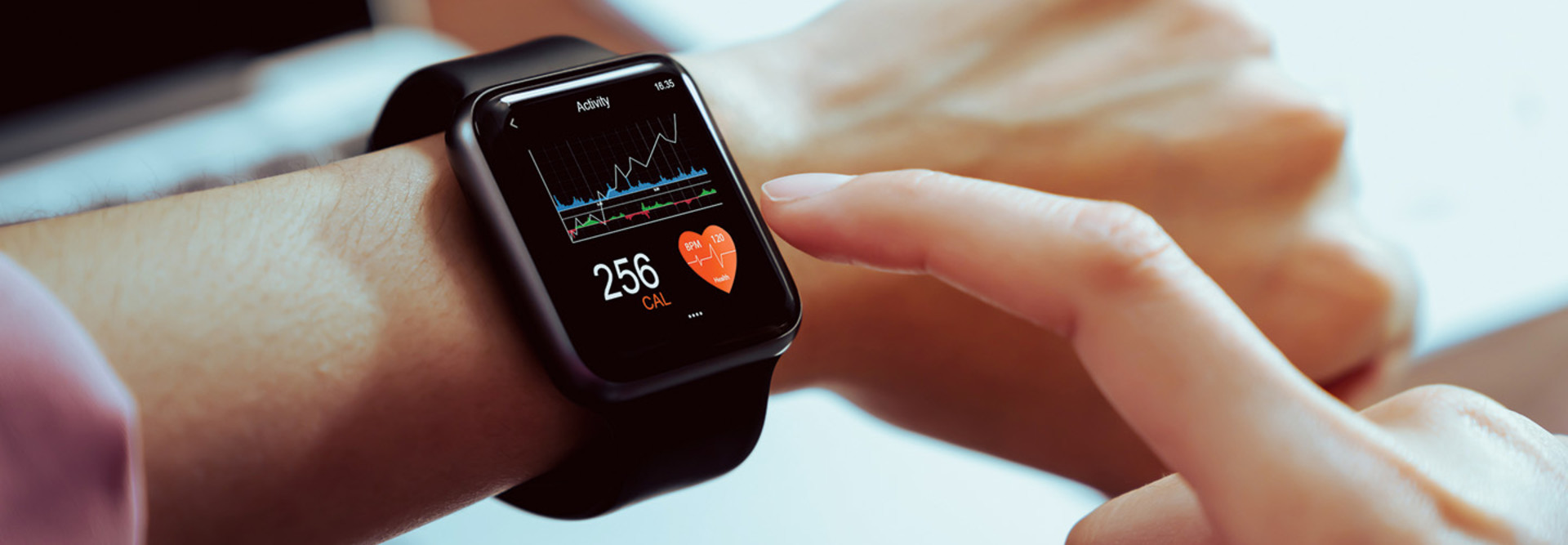
An Overview of the Wearable Market in Healthcare
MarketsandMarkets suggests that the global market for wearable healthcare devices will approach $70 billion by 2028, with annual growth in the market exceeding 11 percent per year. Devices fall into two broad categories.
One is medical-grade wearables such as blood pressure, glucose and heart monitors. These devices undergo clinical research and must receive U.S. Food and Drug Administration clearance to gather data that will be used to support clinical decision-making. Common use cases for medical-grade wearables include monitoring patients at home after surgery or assisting patients with self-management of diabetes, hypertension or other chronic conditions.
The other category is consumer-grade wearables, which include watches, rings and articles of clothing. MarketsandMarkets notes that these devices account for the largest share of wearables. This stems from increased availability and accessibility of devices, interest in real-time self-monitoring of health and wellness, rising adoption of 5G, and the proliferation of smartphone apps for managing data.
That said, a 2022 literature review noted that the accuracy and reliability of device sensors poses a concern, in large part because consumer-grade devices aren’t subject to the same scrutiny as medical-grade wearables. Battery life may also pose a challenge, as sustained use is difficult if devices must be charged at least once a day. Older users may face further frustration due to small text, limited instructions and hard-to-use clasps or straps.
DISCOVER: Remote patient monitoring paired with AI tools can personalize care.
The Benefits of Wearables in Healthcare
The same literature review highlighted significant benefits for wearables in health and wellness management. Ongoing tracking helps patients set goals, while companion applications can provide context, offer tailored support and help patients better understand their conditions. Providers also get a more holistic view of patient health beyond what they report during short appointments.
This is all possible thanks to the use of open application programming interfaces (APIs). Devices such as Apple Watch and apps such as Apple Health “have the infrastructure behind them to get the data where it needs to be,” Taylor says. “It can be visualized for you as a patient to let you know it’s time to work out today, or it can be visualized within the electronic health record and used to make clinical decisions.”
There are two specific instances where MultiCare has had success with wearables. One is care management under risk-based contracting. This works well, Taylor says, because the economic model supports both the purchase of devices for patients and the staffing of care managers and remote monitors.
“We see a difference in outcomes with wrap-around care management,” she says. “Helping patients use the devices helps create good habits.”
Another instance is remote patient monitoring for patients struggling to manage chronic conditions. This has contributed to increased patient involvement in self-management and decreased readmissions associated with chronic conditions, says Chad Gabelein, MultiCare’s telehealth services director. (He notes that this effort is not part of the Centers for Medicare & Medicaid Services’ Acute Hospital Care at Home program.)
Here, too, care management plays a pivotal role in success. “We can’t just unleash the technology and think a primary care physician will monitor that,” Gabelein says. “It takes a lot of finesse, and you need the people power to support the actions associated with reviewing the data.”


